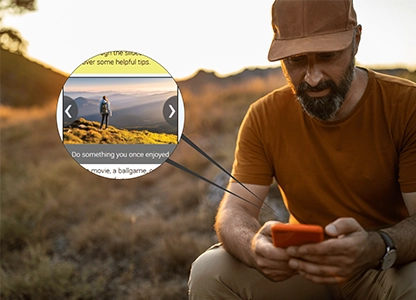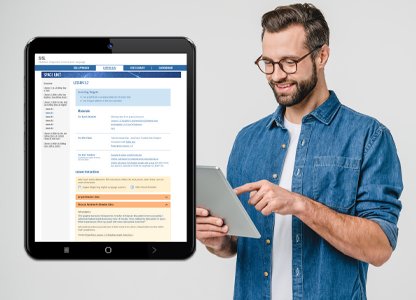Home » News & Resources » AV Integration » Audiovisual Technology Benefits

AV Technology Benefits
With the COVID-19 pandemic, the demand for Audiovisual technology has skyrocketed; not only for students, but also for the workforce.

AV Technology Benefits
With the COVID-19 pandemic, the demand for AV technology has skyrocketed; not only for students, but also for the workforce.
Audiovisual Technology Benefits
Published: 10/10/2021

Audiovisual Technology has an array of benefits. As some people are more visual and to stay engaged, others rely more on auditory content. Similar to the people who prefer audiobooks, while others prefer an actual book.
Accessibility
One of the top benefits is accessibility. As a user who is blind relies on the audio, deaf and hard of hearing can focus on the visual content.
Working with AV technology that provide different delivery methods of content (audio, video, imagery), can ensure that users’ needs are met and have access to the same information, which is part of Section 508 compliance, where the federal government requires websites and other technology to be accessible to an array of users with disabilities.
It is found that with Audiovisual technology, users learn faster since the message is conveyed in different ways; those who learn visually can get as much as those who learn faster by audio.
Engagement
Another of the top benefits of using Audiovisual technology is engagement: this allows more interaction between users and the AV technology; which increases engagement, making learning more fun and interactive.
With the COVID-19 pandemic, the demand for AV technology has skyrocketed; not only for students, but also for the workforce. From meetings, to training, everything we used to go to a set location to learn or meet, at a given time, now we have shifted to using online tools such as Google Meet, Zoom; or self-paced courses using different online tools.
Museums especially have had challenges during the pandemic while they had to close doors to the public; and needed to find creative ways to deliver content to visitors online; and become more interactive with their online content to replace the interactivity the touch screens provide at the museum.
Costs
Even if it brings some upfront installation and setup costs, AV technology in the long run also benefits by lowering operational costs. And also, saving time. Other overhead costs lower as audiovisual technology is used such as paper, materials, and even space rentals.
Learning
There is also the benefit of retention information. Audiovisual technology allows a multisensorial experience; which doesn’t rely on only one form of communication; which can accommodate for all types of learning. Studies have revealed that retention of information improved when two or more senses activate (most commonly auditory and visual, hence the name), rather than only one form of instruction.
For the workforce, audiovisual can help boost employee productivity; and stay engaged.
Categories
Digital LearningExperience Design
SEO Tips
User Experience
Website Development
Transit Display
AV Integration


